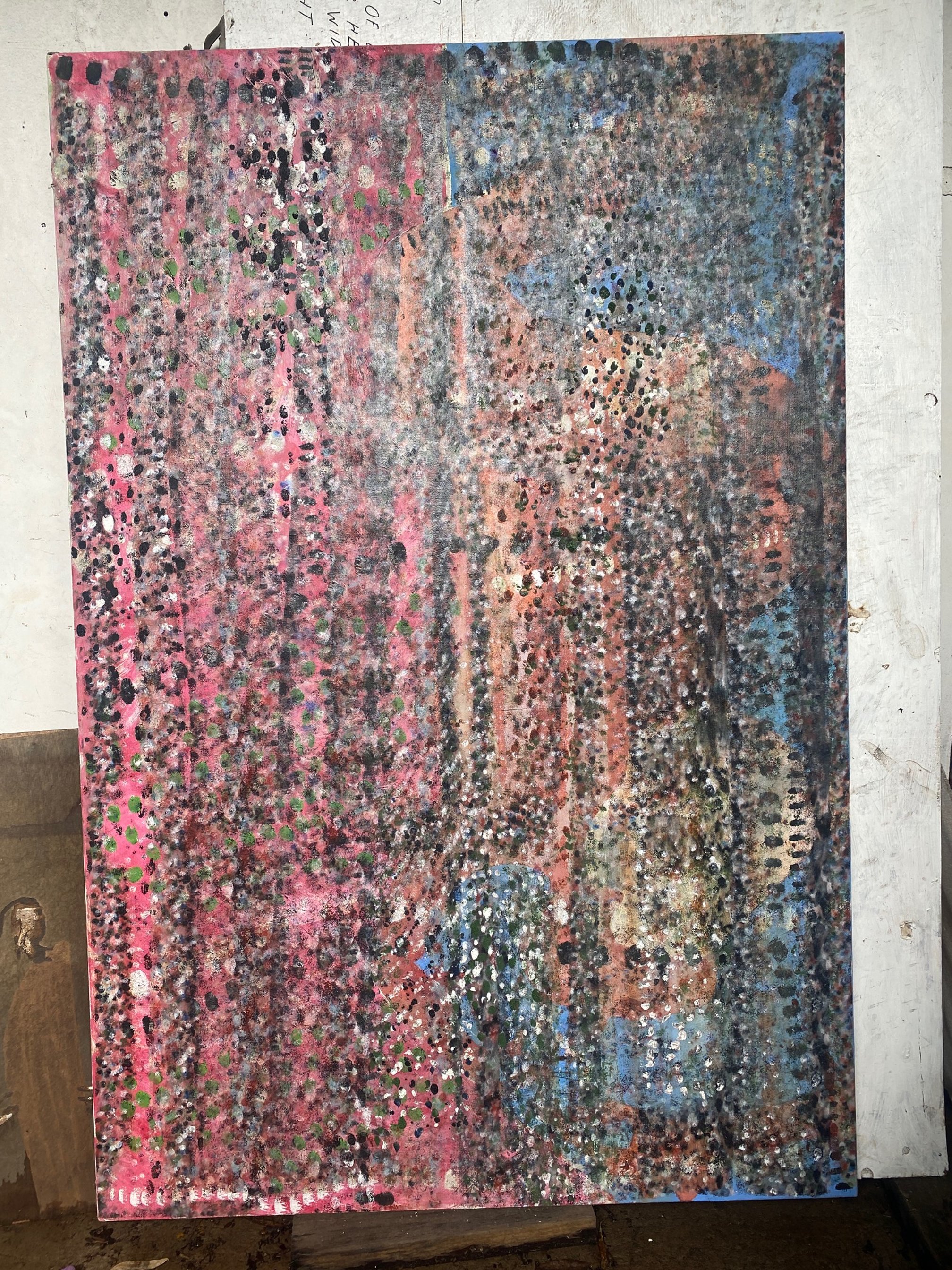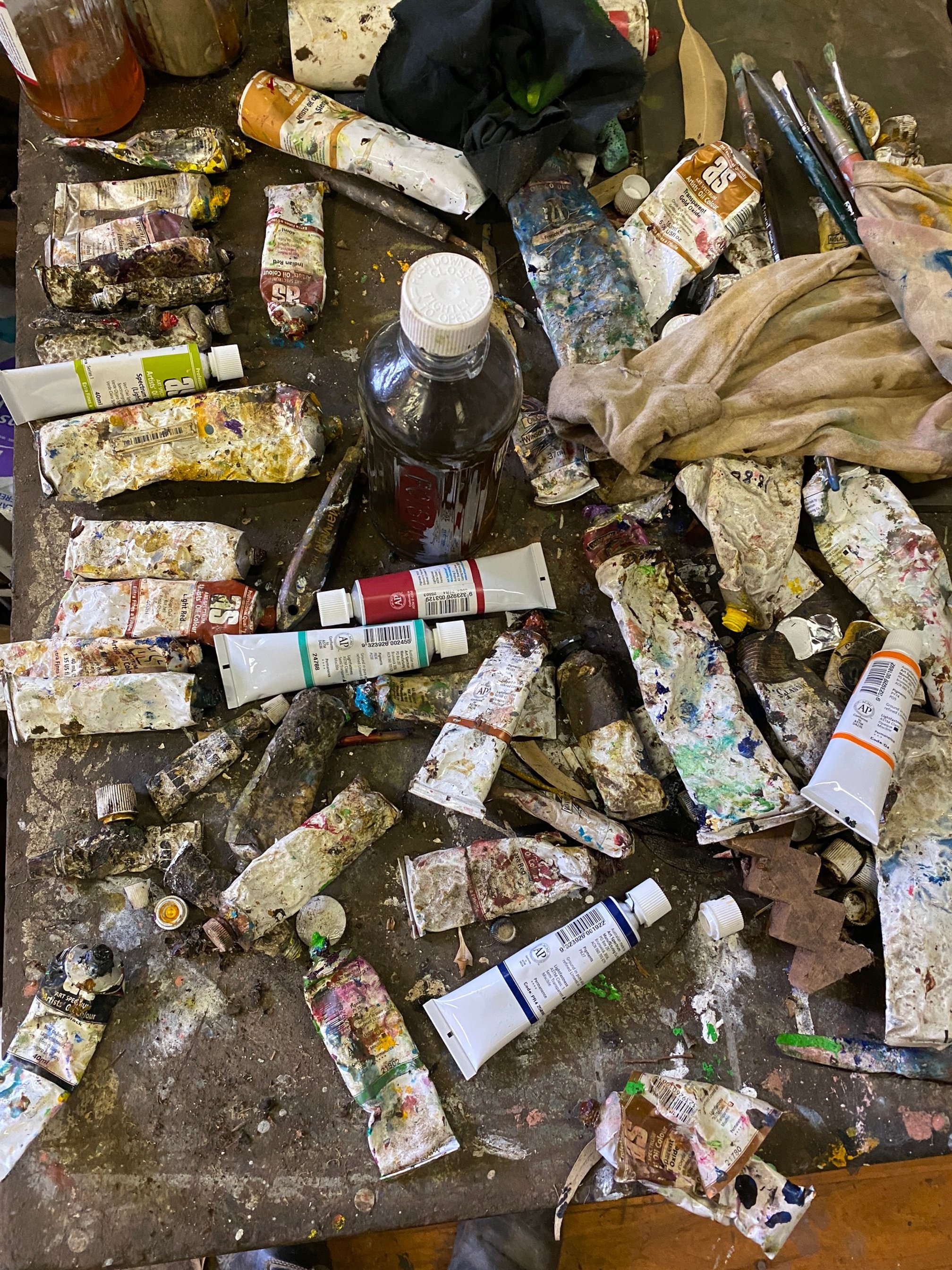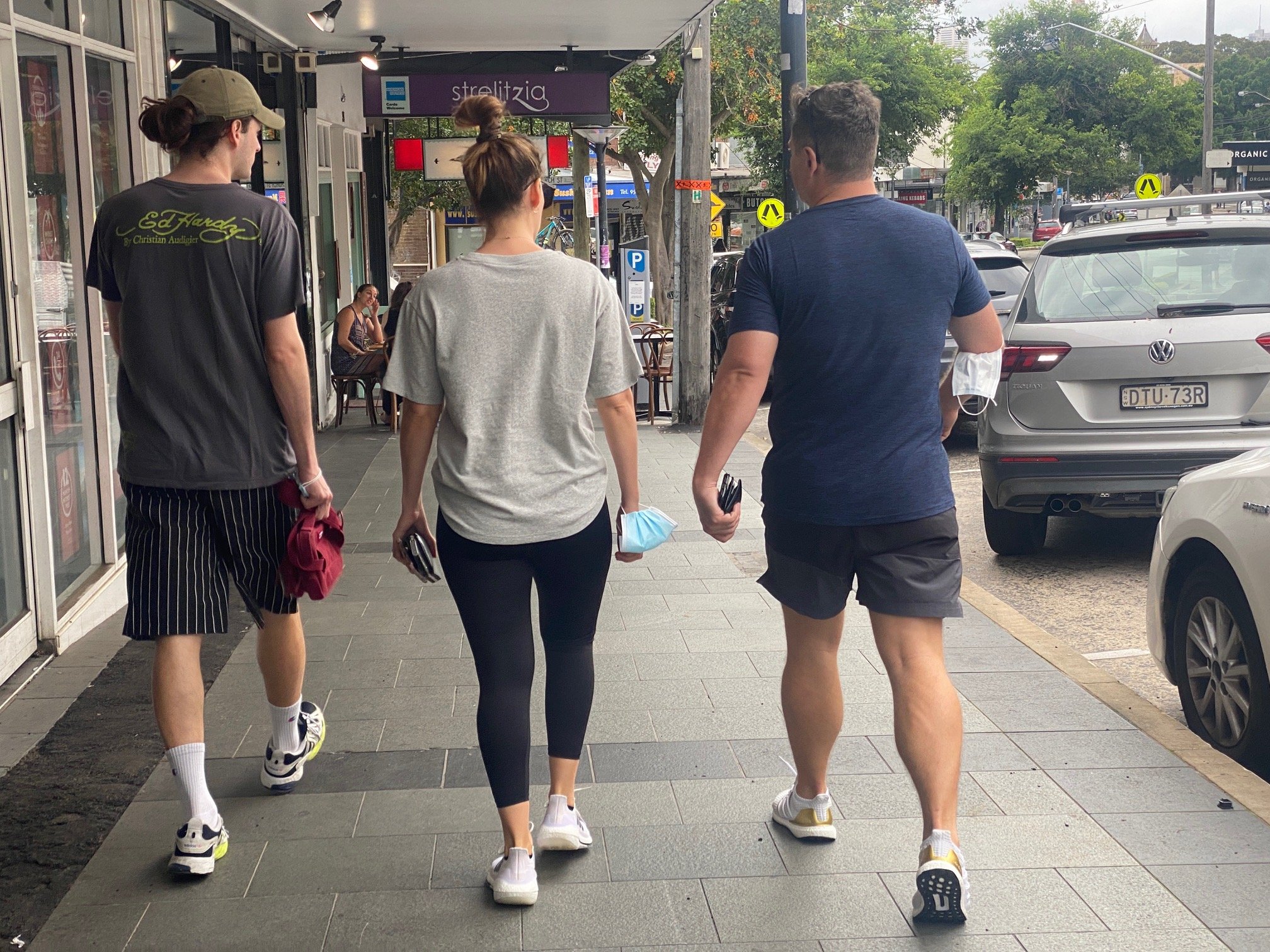I have written these notes in response to Deborah Beck’s invitation to make an account of the early history of FONAS. Deborah Beck is Collections Manager at The National Art School.
The Fight for the Independence of the National Art School (NAS) and the formation of FONAS (Friends of the National Art School) 1992-1996.
Michael Snape April 2022.
It is over twenty-five years since the art school achieved independence from TAFE. These events took place in 1995 and directly led to the independent art school that now stands in 2022 as The National Art School (NAS). It doesn’t seem that long ago because nothing much changes in 26 years, no matter how compelling technological and political changes may be. We can only hope that the changes made then, were so deeply rooted that mischief cannot come again to undermine the strength and independence of the school.
1995 saw the beginning of the implementation of Competency Based Training (CBT) in the Department of Technical and Further Education (TAFE). As part of TAFE the art school was subjected to this curriculum reform.
CBT broke down the teaching of art into discrete units which the teachers ‘knew’ and which the students ‘learnt’. With the accruing of these units of knowledge, the students would then have the necessary tools to make art. That may be the case in a technical school, but this was East Sydney Tech, aka ‘The National Art School’. It was different here.
The approach of the TAFE reformers showed their ignorance of a different culture which had been in place at the art school for generations and had been effective and did not need to be reformed. The culture involved the student being ‘immersed’ in the school culture to find their place and voice within that tradition. Being scant of traditions here in Australia, the artists and art students decided what had accrued needed to be protected at all costs.
What was intrinsic to the culture at the school was the voice of the part-timer, the practising artist, who came directly from their studio into the art school to share their knowledge and experience. This was the strength of the culture, the sharing of lived experience between artist and art student in a studio context.
Making art could not be made out of a set of ‘learning units’, instead it is a way of seeing and being. The role of the full time staff was to facilitate and create the environment in which that process was fostered.
The National Art School had always imagined itself as a separate entity from TAFE, with its own history and philosophy. With these proposed initiatives from TAFE Head Office seeking to undermine that history, immediate action was required to enforce that identity formally and forcefully.
Strangely the voice of resistance to these reforms was so low, nobody heard what was happening at the school. It was critical that the wider arts community understood that this tradition was under threat.
To that end, I took news of these changes at the art school to the broader art world. Most of these people had been to the school or had long-standing associations with it. They included the most respected artists, gallery directors and critics at the time. They signed a petition, ‘Public Notice, the extent of the threat to this valued part of our culture’*. Their response was immediate and strong.
This backing ultimately provided the support to a group of part-time teachers, students and one full-time teacher and we formed Friends of The National Art School. We had found our voice.
Initially the group constituted Geoff Ireland and me, with sculpture students Hopi Steiner, Megan Hewitt and painting student Emma Walker. When Ron Robertson–Swann joined with Jacques DelaRuelle and John Peart we officially formed FONAS, with John Peart being the first president. Kevin Norton, Peter Godwin, Liz Cummings, Richard Goodwin, also joined the group.
(From left) Megan Hewitt, Hopi Steiner, Michael Snape, Emma Walker, Bernadette Boscacci and Gria Shead 1995
FONAS was formally instituted and would become what it remains today.
Our aims were consolidated in the attached statement.**
Being employees of TAFE, the full time teaching staff were not able to speak out against these reforms, with one exception, who was Head of Sculpture, Geoff Ireland. It was the Sculpture Department in fact, who were initially, the strong voice.
The Sculpture Department had enjoyed a proud continuous history of sculptural thinking over the twentieth century. From Bertrand McKennel, Raynor Hoff, Jean Broom-Norton, Lyndon Dadswell, through to Ian McKay, Ron Robertson-Swann, Jan King and Clara Harli, the school had a firm foundation of sculptural thinking that refused to be undone by short term thinking from outside.
FONAS strength grew from this history within the sculpture department to hold the arguments, to bring about change. It was the voice of this history that made the voices loud.
A demonstration by students and staff took place at Parliament House in February, 1995. It was here that the FONAS committee met with the then leader of the state opposition, Bob Carr. At that meeting he made a commitment to make the art school independent from TAFE, should he win the election, which he duly did, on both counts.
Following these events, the struggle was not won, but the weight of argument had shifted. The intervening years have passed to produce the current school, which in 1996 would have been perceived as a most fanciful outcome.
Michael Snape Personal Reflections and Reservations:
With the new independent art school, the structures of the old school were abandoned and the full-timer took the power the part-timer previously had. Where the strength of the part-timer had been initially argued by FONAS, their role in the new school was weakened. They became known as ‘sessional’ staff, which is a way of silencing those artists and facilitating a precarious relationship between the institution, the artist and the student. They were no longer part of the continuum, part of the culture of the school in the way they had been that was so successful previously. Sessional staff would appear briefly within a set period of time and then leave until another ‘session’ became available.
I was perceived by some of my FONAS colleagues to be an ‘incurable revolutionary’. I continued to be outspoken about FONAS members accepting tenured employment in the new school when I assumed our commitment to the school had been more altruistic. I was also not convinced about the choice of the first director of the school, who ultimately had a short tenure.
The school’s vision was to accrue status and respectability through University equivalence, which I still believe is anathema to art. From my perspective making art has never been an academic activity conferred through undergraduate, post-graduate and research degrees. These are bourgeois aspirations designed to protect the parents of children who might otherwise be devoured by a life in thankless art without a life jacket.
The traditions we had sought to protect ultimately have been eroded by the employment of graduates from university art education and aligning with University practices. The urge to be ‘contemporary’ is not long sighted.
Success is fabulous but usually comes before a fall. I do not wish this but one should be wary.































